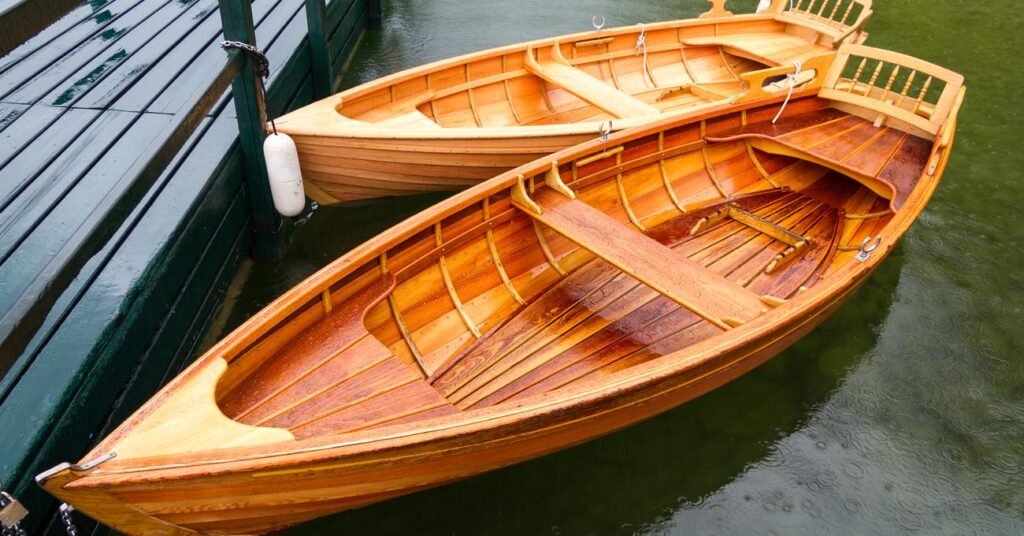Commercial Plywood
Commercial Plywood: An In-Depth Look at Versatility and Value When it comes to choosing materials for construction, cabinetry, and various DIY projects, plywood is often a go-to option. Among the various types of plywood available, commercial plywood stands out for its balance of performance and affordability. In this blog, we’ll delve into what commercial plywood is, its applications, and why it might be the right choice for your next project. What is Commercial Plywood? Commercial plywood is a type of plywood designed for a wide range of applications, from residential to light commercial uses. It is manufactured with a focus on cost-effectiveness while still maintaining a level of quality suitable for many projects. Typically, commercial plywood is made from a variety of wood species, with veneers layered and bonded together using adhesive to create a stable and versatile panel. Key Features of Commercial Plywood: Cost-Effective: Commercial plywood is generally more affordable than premium types like marine or hardwood plywood, making it an attractive option for budget-conscious projects. Versatility: It’s suitable for a wide range of applications, including furniture, cabinetry, and interior paneling. Structural Stability: While not as high-end as some other plywood types, commercial plywood still provides good structural integrity for many common uses. Common Applications of Commercial Plywood Cabinetry: Ideal for kitchen cabinets, bathroom vanities, and built-in storage solutions. Its smooth surface and ease of finishing make it a popular choice for furniture makers. Interior Paneling: Used in walls and ceilings where a smooth, painted surface is desired. It can also be used as a substrate for various types of finishes. Furniture Construction: Suitable for constructing tables, chairs, and other furniture pieces, especially in settings where durability and cost-effectiveness are important. DIY Projects: For hobbyists and DIY enthusiasts, commercial plywood is a practical choice for a wide range of home improvement and craft projects. Advantages of Commercial Plywood Affordability: One of the biggest draws of commercial plywood is its cost. It offers a good balance of quality and price, making it accessible for various applications without breaking the bank. Ease of Use: Commercial plywood is generally easy to work with, allowing for straightforward cutting, shaping, and finishing. Availability: This type of plywood is widely available in different sizes and thicknesses, making it a convenient option for both large-scale projects and small repairs. Comparing Commercial Plywood to Other Types Versus Hardwood Plywood: Hardwood plywood is made from high-quality hardwood veneers and is used where superior strength and a premium finish are required. Commercial plywood, while less expensive, doesn’t offer the same level of durability or finish quality. Versus Marine Plywood: Marine plywood is specifically designed for use in moist environments and offers exceptional resistance to water damage and rot. Commercial plywood is not suited for such conditions but is a cost-effective alternative for dry environments. Tips for Working with Commercial Plywood Preparation: Ensure the plywood is properly sealed or finished, especially if it will be exposed to wear and tear. Using a good primer and paint or a clear sealant can enhance its durability and appearance. Cutting: Use sharp tools to make clean cuts. A table saw or circular saw with a fine-toothed blade is ideal for achieving smooth edges. Finishing: Sanding the surface before applying paint or stain will help achieve a smooth and professional finish. Commercial plywood may have some surface imperfections, so proper preparation is key to a good final look. Maintenance and Care While commercial plywood is quite durable, it’s still a good idea to perform regular maintenance. For furniture and cabinetry, keep surfaces clean and avoid exposing them to excessive moisture. For paneling, inspect periodically for any signs of wear or damage and address them promptly to maintain the overall integrity of the structure. Conclusion Commercial plywood offers a versatile, cost-effective solution for a variety of projects, from home improvement to light commercial applications. Its affordability, ease of use, and wide availability make it a practical choice for many builders and DIY enthusiasts. By understanding its features and applications, you can make informed decisions and leverage the benefits of commercial plywood for your next project. Whether you’re crafting a new piece of furniture, updating your cabinetry, or tackling a DIY venture, commercial plywood provides a reliable option that balances performance and value. With the right preparation and care, it can serve as a solid foundation for a multitude of creative and practical applications.
Commercial Plywood Read More »

